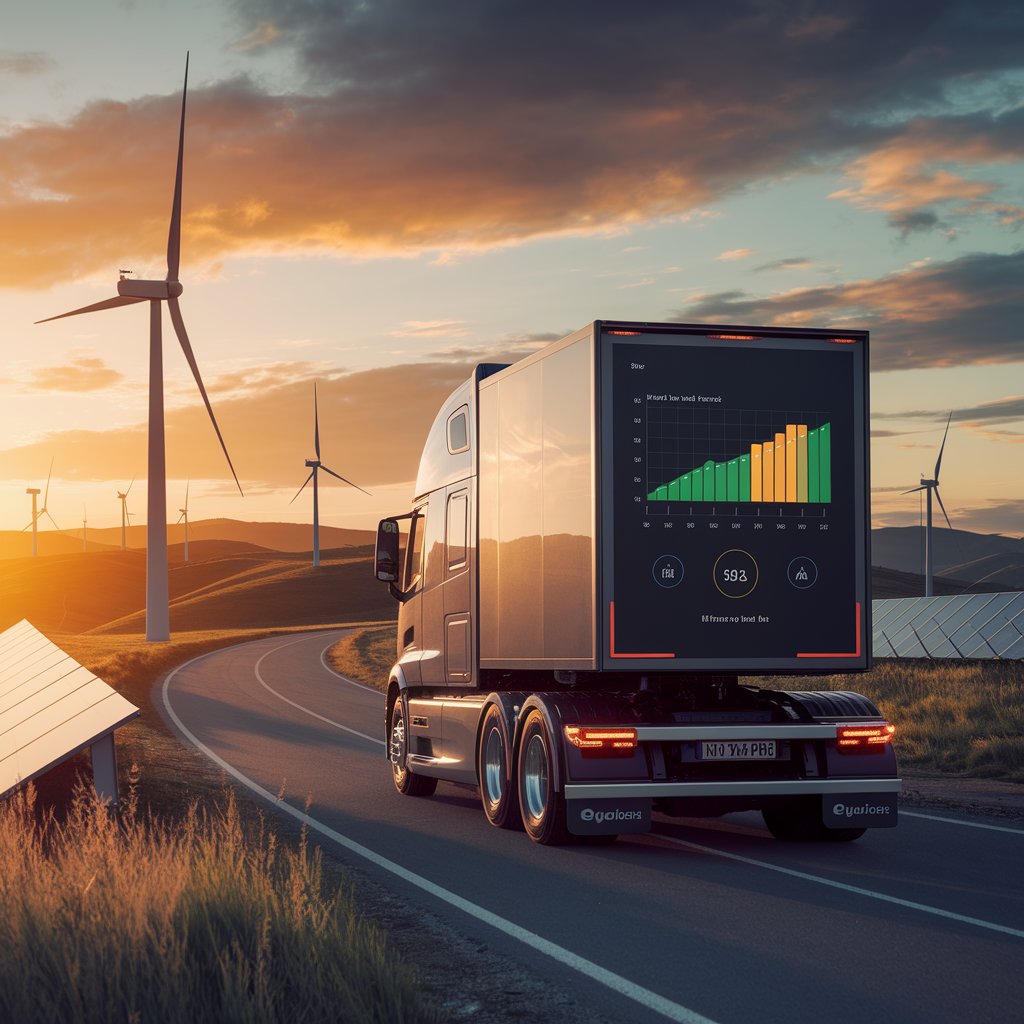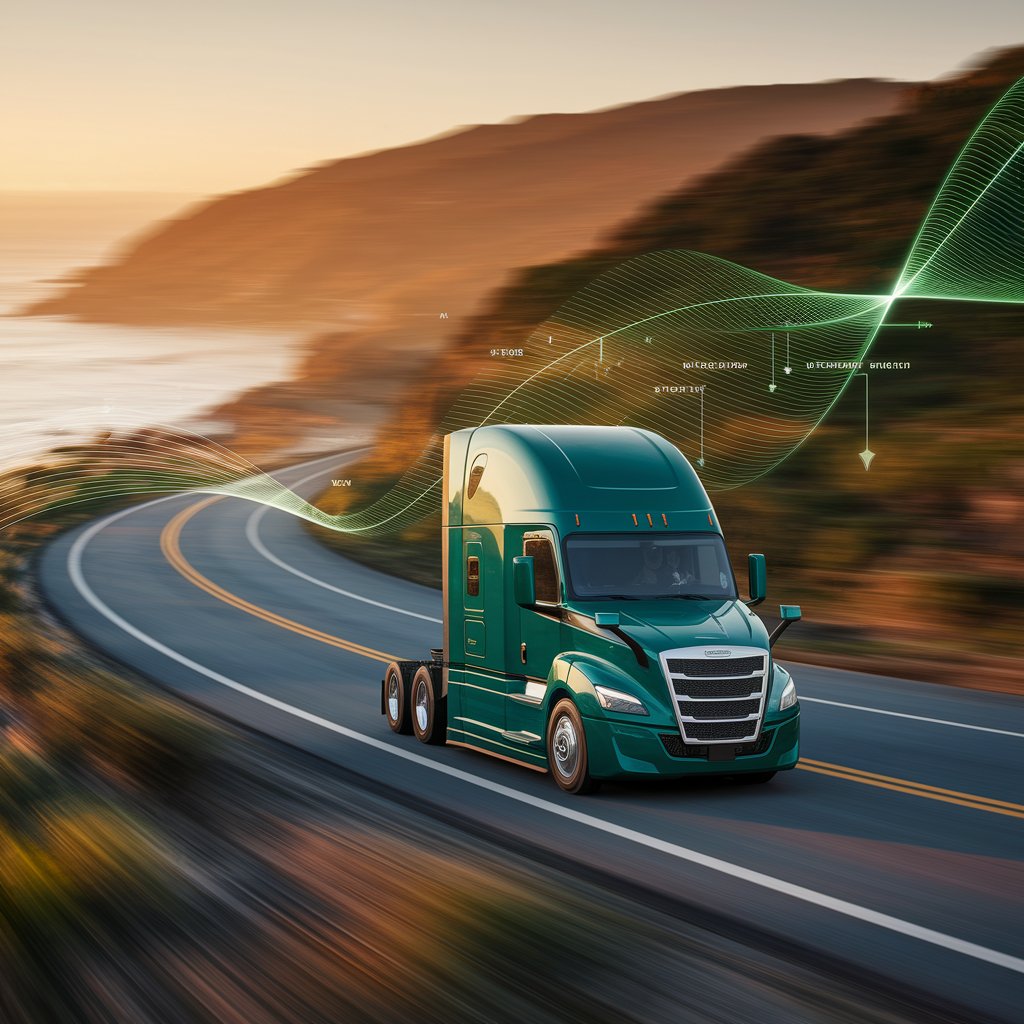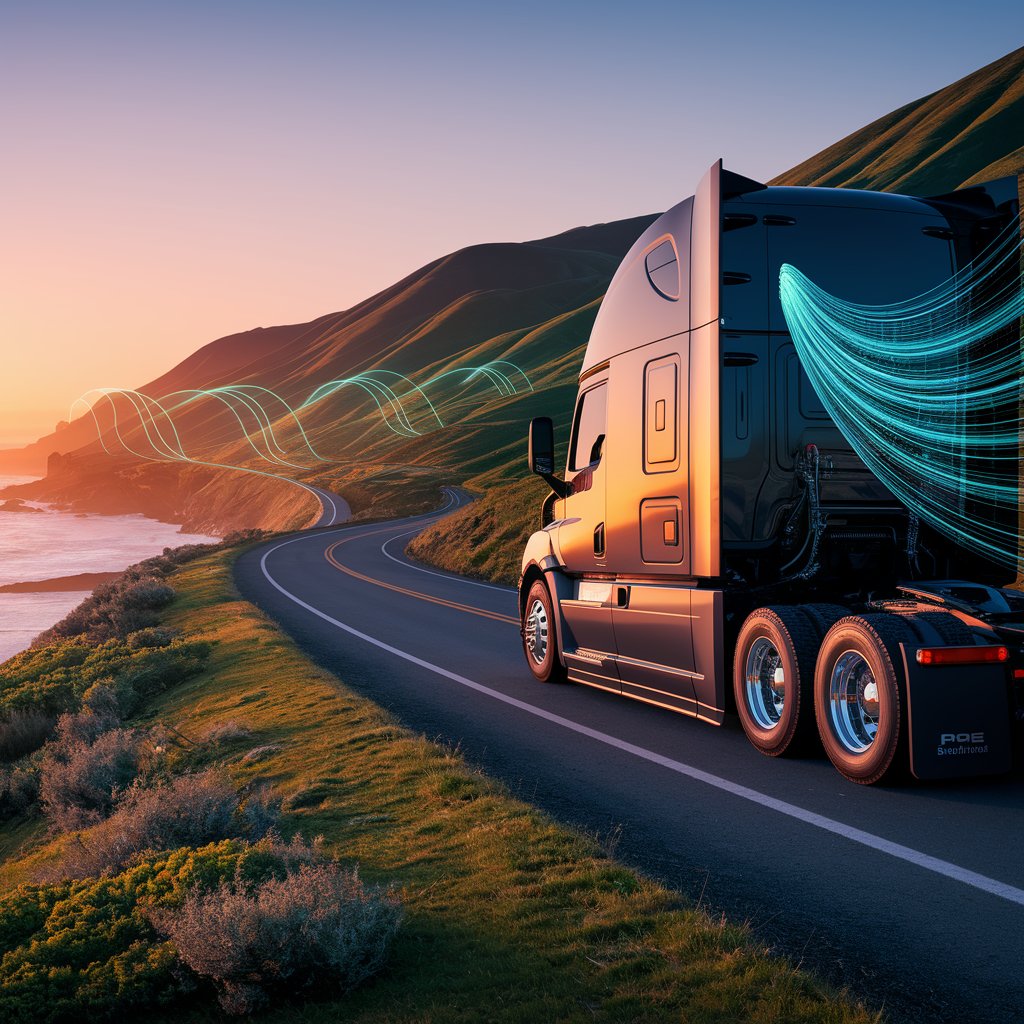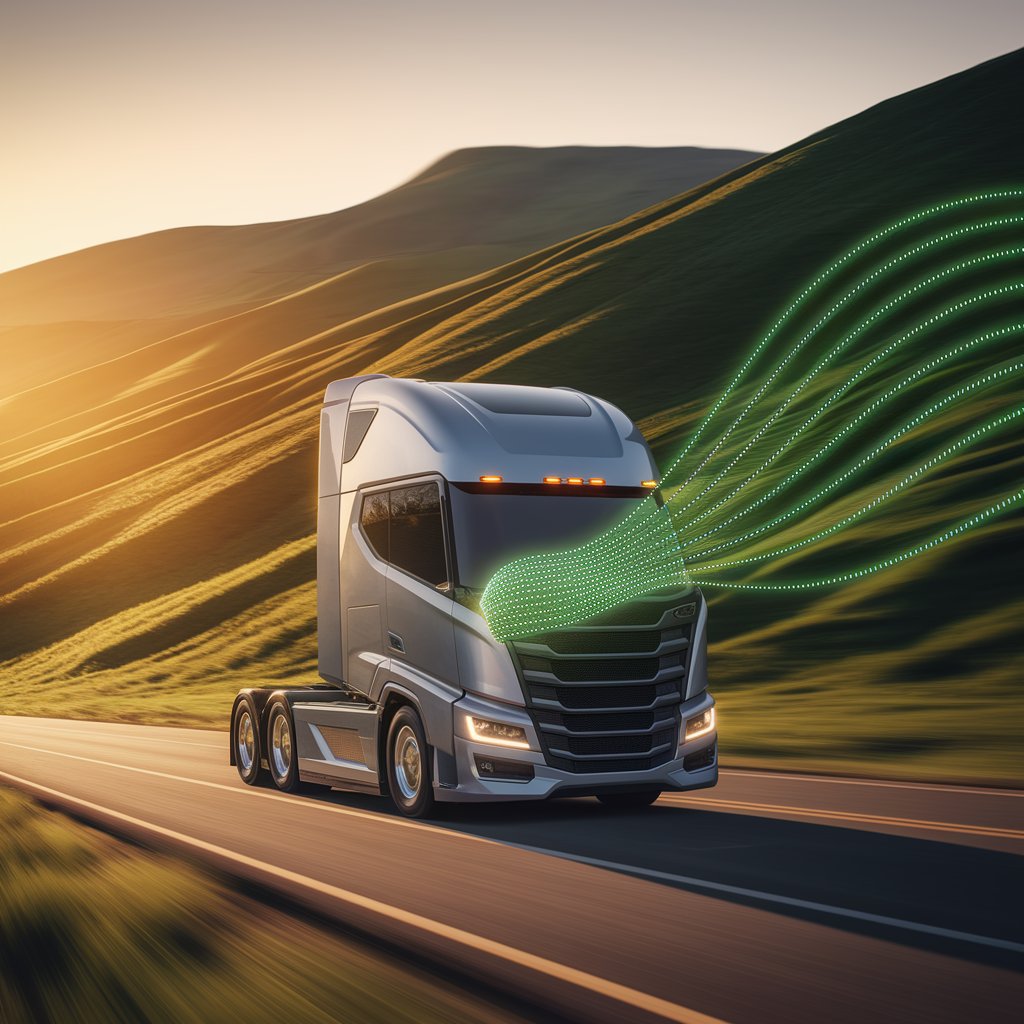Emission Reduction Logistics: Building a Cleaner Supply Chain

Introduction
This is where emission reduction logistics becomes essential. By combining technology, data, and eco-friendly strategies, businesses can optimize operations to cut emissions while maintaining profitability. Far from being a cost burden, sustainable logistics is becoming a competitive advantage.
What Is Emission Reduction Logistics?
Emission reduction logistics refers to the practices, tools, and technologies aimed at minimizing greenhouse gas emissions across the supply chain. It covers all stages—from transportation and warehousing to last-mile delivery.
It focuses on:
- Fuel-efficient routing and fleet upgrades
- Carbon tracking and reporting tools
- Modal shifts to cleaner transport options
- Energy-efficient warehouses and automation

Benefits of Emission Reduction in Logistics
Benefit | Impact |
Lower Environmental Impact | Reduced carbon footprint per shipment |
Cost Savings | Fuel efficiency leads to operational savings |
Compliance | Meets emissions regulations and international standards |
Market Competitiveness | Appeals to eco-conscious clients |
Brand Reputation | Strengthens customer trust and loyalty |
Strategies for Emission Reduction
- AI-Powered Route Optimization: Choosing efficient routes to cut fuel waste.
- Fleet Electrification: Deploying EVs and hybrids for sustainable transport.
- Modal Shifts: Moving from air to rail or ocean for lower emissions.
- Energy-Efficient Warehouses: Smart lighting, automation, and renewable energy.
- Collaborative Logistics: Sharing capacity across carriers to reduce empty miles.

Technologies Driving Emission Reduction
- IoT Tracking: Real-time data on fuel consumption and emissions.
- Digital Twins: Simulating supply chain scenarios for eco-friendly outcomes.
- Blockchain: Transparent reporting of emissions for compliance.
- AI Forecasting: Predicting demand to avoid overproduction and unnecessary transport.
Industry Use Cases
- E-commerce: Consolidating shipments to reduce last-mile emissions.
- Pharma Logistics: Using temperature-controlled electric fleets.
- Ocean Freight: Implementing alternative fuels like LNG and slow steaming.
- Freight Forwarders: Offering clients visibility dashboards with carbon data.
These real-world examples highlight that emission reduction logistics is not a distant concept—it’s already reshaping operations today.

Conclusion
Emission reduction logistics is the path to a sustainable and competitive future. By adopting AI tools, clean technologies, and smarter strategies, companies can cut emissions, meet compliance standards, and appeal to eco-conscious customers. Logistics leaders who embrace these changes now will not only reduce their environmental footprint but also gain a significant advantage in tomorrow’s green economy.
